Small Elephant Ear Plant: Grow & Care Tips
Introduction
As a passionate gardener, I’m always excited to share plants that bring both beauty and functionality to any space. One such gem is the Small Elephant Ear Plant. Known for its lush, large leaves and tropical appeal, this plant makes an excellent addition to gardens, patios, and even indoor spaces. Despite its dramatic appearance, the Small Elephant Ear Plant is easy to care for and adds an exotic touch to your home. Whether you want it for its ornamental beauty or its ability to thrive in various environments, this plant is sure to stand out. Let’s explore how to grow, care for, and enjoy the Plant in your garden or home.

Background and Origins
The Small Elephant Ear Plant belongs to the Colocasia genus, which includes a wide variety of plants known for their large, ornamental leaves. Native to the tropical and subtropical regions of Asia and the Pacific Islands, the plant thrives in warm, humid climates and is often found growing near water sources like riverbanks and swamps. The Ear Plant is a smaller variety of the typical Elephant Ear, making it a great choice for smaller spaces or container gardening.
This plant is highly valued for its dramatic foliage. Its large, arrow-shaped leaves, which can range from 12 to 24 inches in length, are typically deep green, adding lushness and texture to any landscape. It is often grown for its ornamental value, though some varieties also produce edible corms that can be used in cooking in certain cultures.
Plant Profile
The plant typically grows to about 2-3 feet in height, making it a more compact alternative to larger Elephant Ear varieties. The plant’s most defining feature is its large, heart-shaped leaves, which are often deep green and can have slight reddish hues along the veins. The plant’s leaves are glossy and smooth, adding a tropical, exotic flair to any space.
Unlike some larger varieties, the Small Elephant Ear Plant is better suited for smaller gardens, indoor plant collections, or as an accent in larger landscaping projects. It is often used as a statement plant in tropical-themed gardens or as a centerpiece in containers, where its striking foliage can be fully appreciated.
How to Grow Small Elephant Ear Plant: Step-by-Step Guide
Growing the Plant requires creating the ideal conditions for its tropical origins. Here’s a step-by-step guide to ensure your plant thrives:
Choose the Right Location
The Small Elephant Ear Plant thrives in full sun to partial shade. If growing indoors, place it near a bright window with indirect light. Outdoors, select a location that provides filtered sunlight or partial shade, as the plant may burn if exposed to too much direct sun.
Prepare the Soil
This plant prefers well-draining, loamy soil that retains moisture. A mix of garden soil, compost, and organic matter creates the ideal growing medium. If growing in a pot, use a potting mix that retains moisture while allowing for proper drainage to prevent waterlogging.
Watering
The Small Elephant Ear Plant loves consistent moisture but doesn’t tolerate standing water. Water it regularly, especially during the growing season, keeping the soil moist but not soggy. If growing in containers, ensure the pot has proper drainage to prevent water accumulation.
Temperature and Humidity
This plant thrives in warm temperatures between 65°F and 85°F (18°C to 29°C). It also requires high humidity to grow well. If growing indoors, consider placing the plant in a room with a humidifier or on a humidity tray to maintain the necessary moisture levels.
Fertilizing
Feed the plant with a balanced, slow-release fertilizer during the growing season (spring and summer). Apply fertilizer every 4-6 weeks to promote healthy growth. Reduce feeding in the winter when the plant is dormant to prevent excessive growth.
Repotting
If growing in a container, repot the plant every 1-2 years to refresh the soil and provide more room for growth. Choose a container that is 2-3 inches larger in diameter than the current one to allow for continued root expansion.
By following these simple steps, your Small Elephant Ear Plant will thrive, bringing beauty and texture to your garden or home.
How to Care for Small Elephant Ear Plant
Caring for the Small Elephant Ear Plant involves maintaining its humidity, temperature, and moisture levels. Here are some essential care tips:
Choose the Right Location
Itthrives in full sun to partial shade. If growing indoors, place it near a bright window with indirect light. Outdoors, select a location that provides filtered sunlight or partial shade, as the plant may burn if exposed to too much direct sun.
Prepare the Soil
This plant prefers well-draining, loamy soil that retains moisture. A mix of garden soil, compost, and organic matter creates the ideal growing medium. If growing in a pot, use a potting mix that retains moisture while allowing for proper drainage to prevent waterlogging.
Watering
The Plant loves consistent moisture but doesn’t tolerate standing water. Water it regularly, especially during the growing season, keeping the soil moist but not soggy. If growing in containers, ensure the pot has proper drainage to prevent water accumulation.
Temperature and Humidity
This plant thrives in warm temperatures between 65°F and 85°F (18°C to 29°C). It also requires high humidity to grow well. If growing indoors, consider placing the plant in a room with a humidifier or on a humidity tray to maintain the necessary moisture levels.
Fertilizing
Feed the plant with a balanced, slow-release fertilizer during the growing season (spring and summer). Apply fertilizer every 4-6 weeks to promote healthy growth. Reduce feeding in the winter when the plant is dormant to prevent excessive growth.
Repotting
If growing in a container, repot the plant every 1-2 years to refresh the soil and provide more room for growth. Choose a container that is 2-3 inches larger in diameter than the current one to allow for continued root expansion.
By following these simple steps, your Small Elephant Ear Plant will thrive, bringing beauty and texture to your garden or home.
Benefits of Small Elephant Ear Plant
The Small Elephant Ear Plant offers a variety of benefits beyond its stunning appearance. Here are some of the key advantages:
- Ornamental Appeal: The plant’s large, glossy, heart-shaped leaves create a striking focal point in any garden or room. Its bold, tropical look adds instant charm and elegance to any space.
- Compact Size: Unlike larger varieties of Elephant Ear plants, the Small Elephant Ear Plant is ideal for smaller gardens, container gardening, or growing indoors. Its compact size makes it a versatile option for various settings.
- Low Maintenance: Once established, this plant is relatively low maintenance. It requires minimal pruning and is resilient to some neglect, making it a great choice for busy gardeners or beginners.
- Air Purification: Like many other tropical plants, the Small Elephant Ear Plant helps purify the air by absorbing carbon dioxide and releasing oxygen, improving air quality in your home.
- Tropical Atmosphere: The plant’s lush, green foliage creates a tropical vibe, perfect for gardens, patios, or indoor spaces where you want to create a relaxing, exotic environment.
How to Prune Small Elephant Ear Plant
Pruning is an essential part of keeping your Small Elephant Ear Plant healthy and looking its best. Here’s how to prune it:
- Remove Dead or Damaged Leaves: Prune away any yellowing, dead, or damaged leaves to maintain the plant’s appearance and prevent the spread of diseases.
- Trim Overgrown or Leggy Growth: If the plant becomes too large or spindly, prune back some of the stems to encourage more compact growth and a bushier appearance.
- Timing: The best time to prune is during the growing season, in spring or early summer. Avoid pruning in winter when the plant is dormant.
Companion Plants
Pairing the Small Elephant Ear Plant with other tropical plants that share similar growing conditions can create a lush, vibrant garden or indoor space. Some great companion plants include:
- Philodendrons: These plants thrive in similar humidity and light conditions and complement the Small Elephant Ear Plant with their lush, green foliage.
- Bromeliads: These colorful plants add a pop of color to the garden or container and enjoy the same humid conditions like the plant.
- Ferns: Ferns love the high humidity that Small Elephant Ear Plant needs, and their delicate fronds provide a nice contrast to the bold, heart-shaped leaves.
These plants will grow well together, creating a tropical paradise in your garden or indoor space.
Fun Facts
- Unique Foliage: The Small Elephant Ear Plant has large, heart-shaped leaves that make it a standout in any garden or indoor space.
- Tropical Look: It’s often used in tropical or Mediterranean-style gardens, where its bold appearance adds a sense of exotic beauty.
- Versatile Use: Whether grown in containers, gardens, or as an accent plant, the Plant adds elegance to any landscape or decor.
Conclusion
The Small Elephant Ear Plant is a stunning addition to any garden, patio, or home. With its large, glossy leaves, tropical appeal, and easy care requirements, it’s perfect for gardeners of all skill levels. Whether you’re growing it for its ornamental value, as a feature plant in a garden, or indoors to create a tropical vibe, the Small Elephant Ear Plant is sure to become a favorite in your plant collection. Start growing this remarkable plant today, and transform your space with its lush, vibrant foliage.
For more information on tropical plants, check out our guides on Banana Fertilizer and Giant Elephant Ears.


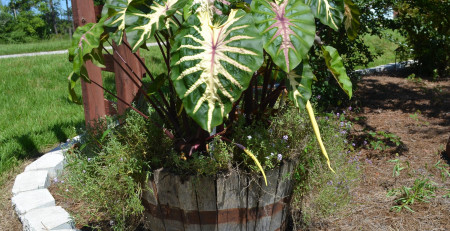
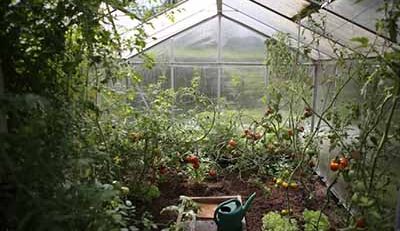

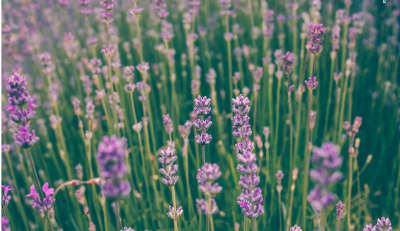
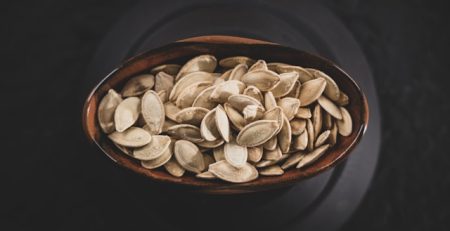
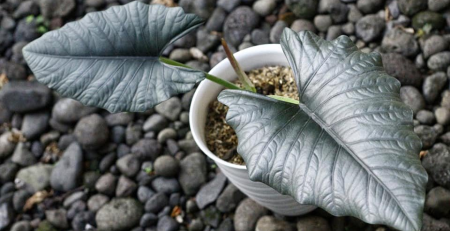
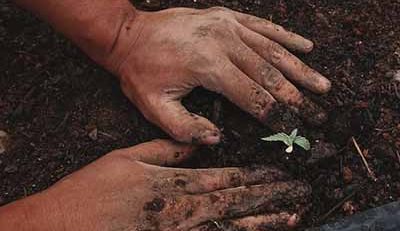
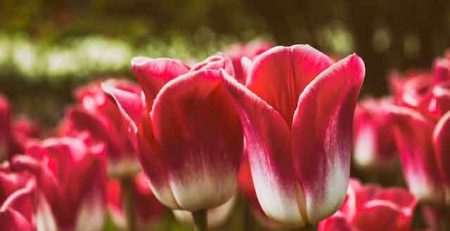

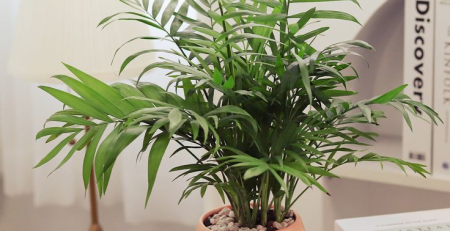
Leave a Reply